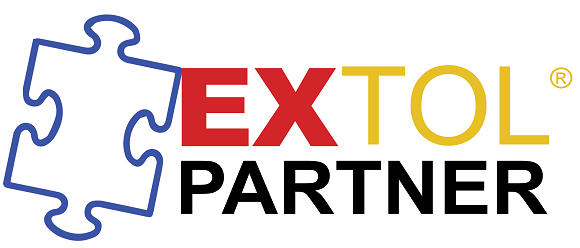SeanHoppe.com Cleo Best Practices Proprietary Mapping Q&A
CLEO EDI Proprietary Mapping (Flat File) Question and Answer
Background
CLEO EDI Integrator can support non-standard (or, proprietary) EDI documents with certain constraints and limitations. These types of files can be considered fixed length or delimited files.
In an earlier post we discussed Flat File Set-up in EXTOL EDI Integrator.
Questions and Answers
Question
I am trying to create a new outbound document using proprietary standards. When I do the outbound translation, I get no data, and no error messages on the outgoing application data log. It says it's enveloped, but when I look inside, there's nothing.
I can see that there's data in the file, when I use dspfilseq. So I'm not sure what I'm missing.
Answer
I needed to qualify the EXH and EXT segments in the message class by the L and the *STSK and *SESK respectively and in the standards none of the segments had a loop repeat, these needed a value.
Question
Customer was getting a Trans error on inbound proprietary document. the error was indicating the first segment in the message class was not found.
Answer
Customer had the EXH and EXT qualified by the L = LoopID with *STSK and *SESK this is not needed on inbund only outbound.
Question
How do we suppress the segment IDs for an outbound proprietary document?
Answer
Customer needs to go to data area EXFLGSL and put in the industry group and the Segment ID length.
Question
Below is the data I am using for inbound. Is it correct?
HDA1B1C1D1234567890032000041120000615
NT001THE PERSON ENTERINGS NAME
NT002THE PERSON ENTERINGS EMAIL
NT003SUGGESTIONS HERE
DT00112345678901234567890
DT00212345678901234567890
DT00312345678901234567890
Are the segments in an extol map?:
EXH
HD
NT (N Occurring)
DT (N occurring)
EXZ
Answer
Correct.
Question
The example below has three elements in it, correct?
NT001THE PERSON ENTERINGS NAME
When we set-up the document for this record we are going to use the segment "NT". Does this segment
have any bearing on this inbound data?
Answer
Correct. The segment id must be on the inbound data and must be noted by position in the EXB built during unwrapping
(it gives the position of the segment id and length -- excluding the EXH).
Question
For outbound, how would a "dummy" loop start segment be removed prior to wrapping.
Do you have to flag it to be removed in the map or is it done by omiting the first 1-3 segment positions with the data area?
Answer
As with the normal translator, suppressing a loop start segment will also remove all segments within the loop.
The suppression in the data area refers only to suppression of the segment id (you use a dummy segment id that is
more meaningful to the mapper, with element 01 of that segment containing a constant for the actual segment id value).
The segments are still sent but the "standard" segment id is removed from the translated data.
Question
To do batch data and allow multiple TPs to send data in one connection we are able to put all the envelopes at the document level and not in the script. Are we still able to retrieve a unique 'control' number if the envelopes are applied at this level?
Answer
In proprietary data processing, you can either have a program that takes the
connection data and inserts envelopes (EXB, EXG, EXH) at the appropriate levels or do the same thing with a script.
The difference is that by doing it in a script, you can only ever have one interchange, one group, and one
document because the script wraps the envelopes around the entire batch -- not on the individual document breaks.
This presents the problem that you cannot have multiple tp's in the same connection.
The only way of handling this would be through a pre-process program that puts the envs in their proper
place and also identifies the trading partner.
By: Sean Hoppe on
